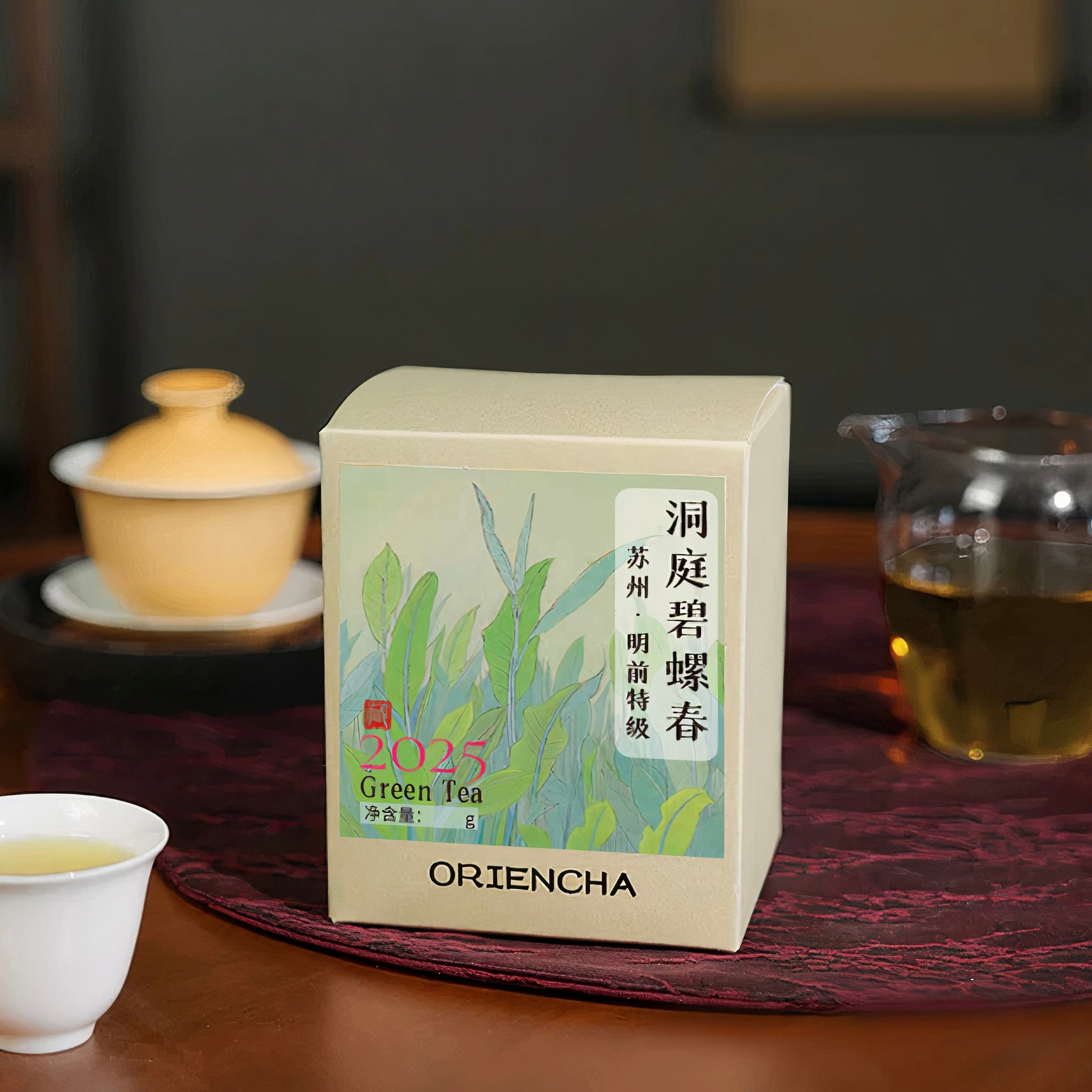Skip to product information


2025 Dongting Biluochun Green Tea
$45.00
Shipping calculated at checkout.
Weight: 50g
Origin: Suzhou City, Jiangsu Province
Cultivar: Local Small-leaf Variety
Harvest: Spring 2025
Oxidation: Unoxidized
Caffeine: Medium
Theanine: High
Catechin: Medium
Tasting Notes (4/20/2025)
Aroma: orchid, loquat-like, lingering, rich, fruity
Taste: refreshing, smooth, salivation, delightful, crisp, huigan









